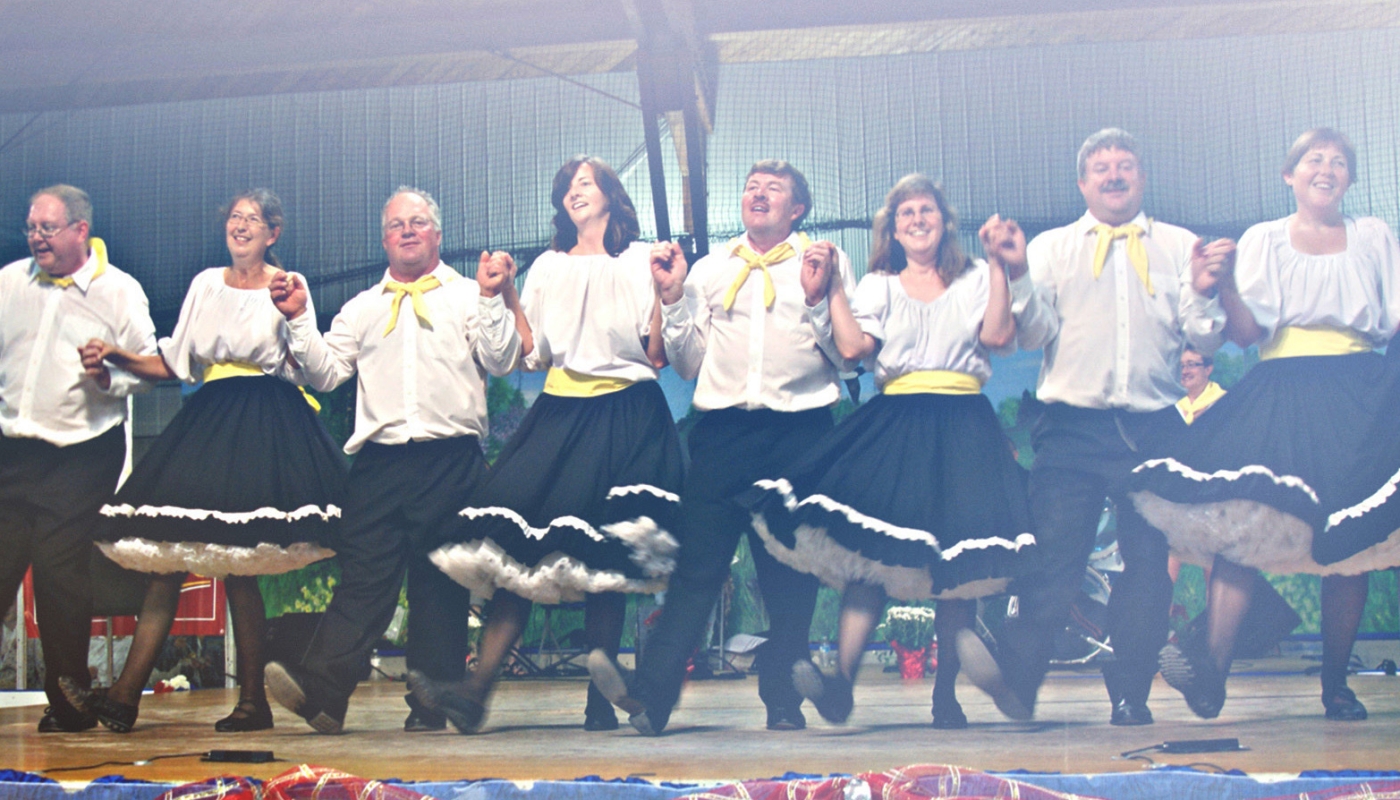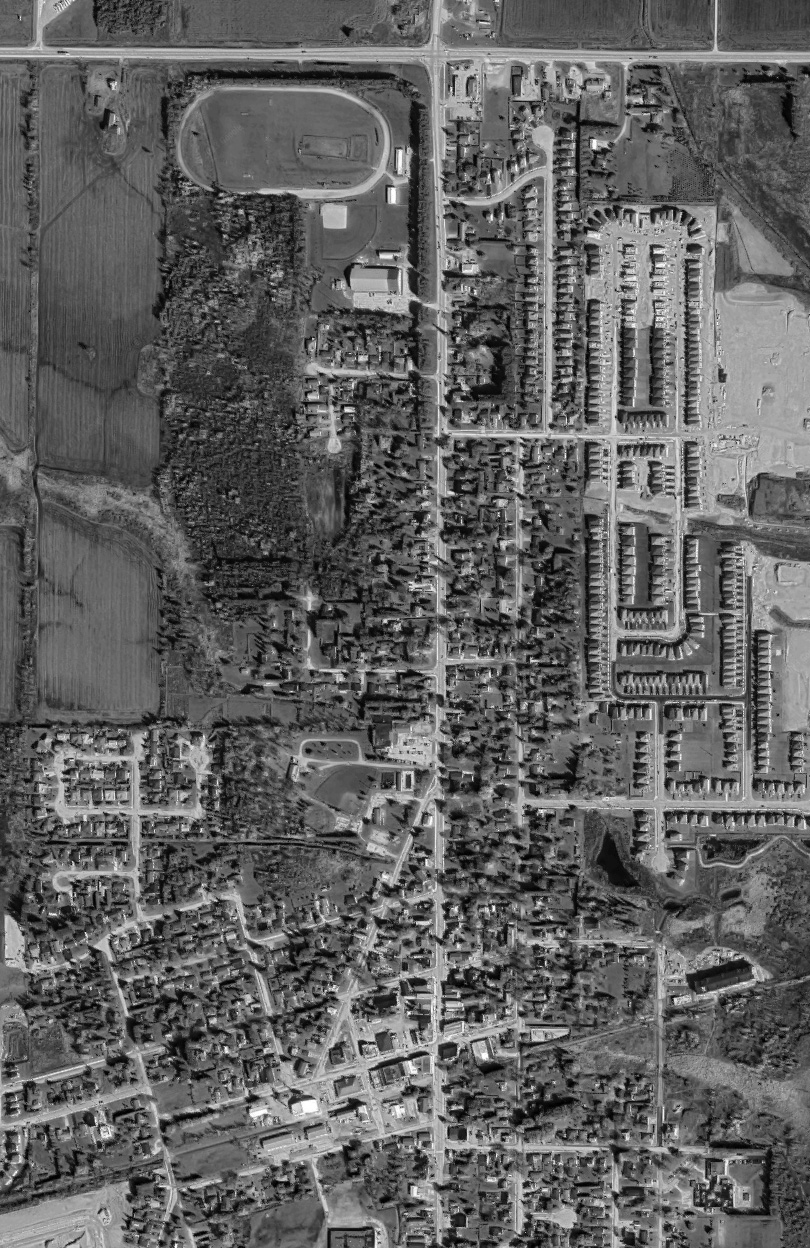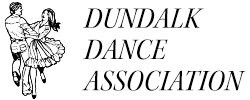HISTORY & BACKGROUND
The objective of the Dundalk Dance Association is to raise funds for the exclusive purpose of organizing and hosting the Dundalk Dance Festival held annually in the town of Dundalk, province of Ontario, in order to showcase, preserve and maintain interest in traditional Canadian dancing including clogging, square dancing and step dancing. The occurrence of the Dundalk Dance Festival benefits: Canadian culture through the preservation of traditional Canadian dance, dancers by providing a venue for them to practice and showcase their skills, spectators who travel to the festival by providing entertainment and by educating them on traditional Canadian dance, local community members by providing a community event that everyone can participate in, local community groups and businesses through activity and recognition.

DUNDALK DANCE ASSOCIATION MEMBERS
Paul Redmond
President
Ruth Timbers
Secretary
Belinda Zeggil
Treasurer
Mary Fowler
Contestants
Clark Acheson
Advertising/Fundraising
Jessica Fraser
Social Media/Fundraising
Sarah Acheson
Advertising/Fundraising
Doris Broster
Committee Member

HISTORY OF DUNDALK DANCE FESTIVAL
In 1958 George Watson, a business man of Dundalk, said “If Shelburne can put over an old-time fiddlers’ contest, Dundalk should be able to stage a square and step dancing competition”. The Service Club members decided to go ahead with George’s suggestion and staged the first contest in the newly erected Dundalk District High School (now Highpoint Elementary School) on June 5, 6 and 7, 1958. It proved a big hit. At the first meeting following the competition motions were endorsed by the club that the dancing competition be made an annual event and that improvements be made to Dundalk Arena, with the object of making it suitable for accommodating the dance competition and other events.
The Service Club later bore much of the expense in laying a cement floor in the arena which had been built in 1936, and greatly improved the facility.
The first two years the competition was held in what was then the high school after which it was transferred to the Dundalk Arena. The competition started with Elementary, and Open Square Dancing and Open Step Dancing.
By 1960 the square dancing included three divisions – elementary, amateur and professional or later known as open.
In 1962 the step dancing evolved to junior and senior categories. Then in 1963 semi-finalists in step dancing competed in the finals held on the Saturday night.
The competition was reduced from three nights to two nights in 1967 and it was held on the last weekend in June.
During the mid ‘60s the step dancing was divided into boys and girls categories then in later years combined.
The tiny tot step dance division was added in 1969.
In 1975 the competition was held in the new arena for the first time and a new category of group step dancing was added. The enlarged space allowed for a larger attendance of about 4,000 attending the weekend event.
In 1979 another category was added to the step dancing in old tyme traditional step dancing.
In 1981 it was decided to hold the tiny tot step dancing on Saturday afternoon as entries had increased significantly. For the first time the Canadian Open Square Dance and Step Dance competition was liberally sponsored by Canada Packers.
In 1985 tiny tot square dancing was added to the competition.
By 1988 the Service Club decided it could no longer sponsor and organize the event as it didn’t have sufficient members and they were getting older. A public meeting was held when representatives of the other organizations in the community attended. From those in attendance a new committee was struck to be responsible for the organizing and running the event. The group to be known as the Dundalk Dance Association. The group decided to hold a non-denominational church service on the Sunday morning.
Entries had dropped so the competition consisted to just Friday and Saturday nights. In order to attract more persons it was decided to add clogging to the competition. So for the first time clogging was included in 1990. Step dance categories were changed to intermediate 14-18 and junior 10-13 with no gender division.
In 1991 a Country Jamboree Committee organized a country jamboree with a number of outside bands performing on the Sunday afternoon at the arena. Large crowds attended.
By 1992 entries had increased until the Friday night programme ran until 5:30 a.m. Saturday morning.
A Mature Square dance class was added in 1993 and entries had increased that a Saturday afternoon programme of Tiny Tot Step Dancing and Square Dancing was held.
Clogging proved to be a great attraction so by 1994 a category for Canadian Open was added.
In the 1990s dance categories kept being added. In 1997 19 and over step dancing was included,. 1999 saw divisions for junior traditional clogging, Canadian open junior clogging and traditional junior clogging, the last two categories for 13 and under.
In 2002 tiny tot clogging was added.
In the early years dances were held following the competition. In the beginning the entry fees were donated to the South East Grey Association of Mentally Retarded.
For several years after the competition’s inception groups from CKNX radio/television provided music for the competition.
Over the years various groups have been involved with the competition – Scouts, Brownies and Girl Guides ran booths. Firemen have parked cars pretty well every year of the 52 year history of the competition.
In the mid 1970s the Lions Club became involved in helping to set up the stage then holding its barbecue meal and brunch at the park as well as looking after the camping at the park as well as organizing a parade on Saturday.
In 2011 the Dundalk Dance Association received a generous offer from the Dundalk and District Agricultural Society; to join both the Fall Fair and the Canadian Open Dance Competition together in a weekend of fun and excitement. 2012 marked the first Fall Fair and Canadian Open Dance Competition which was a great success!
The Dance Festival has proven to be a great community event over the past 64 years.
